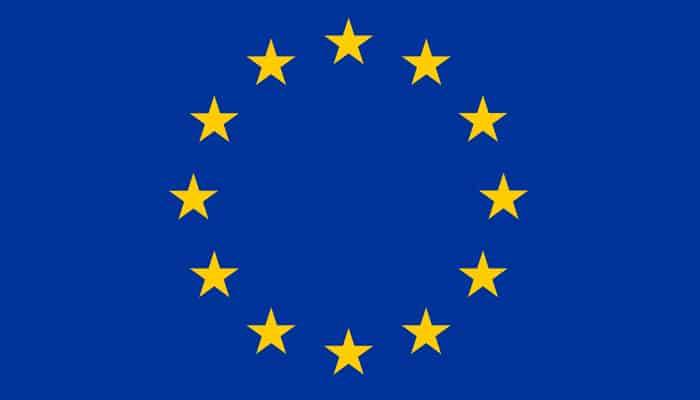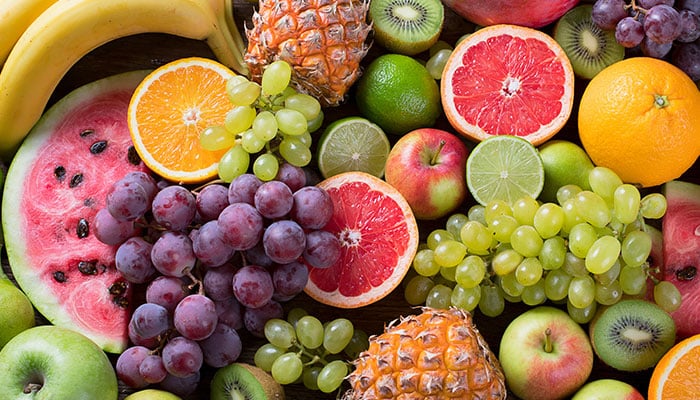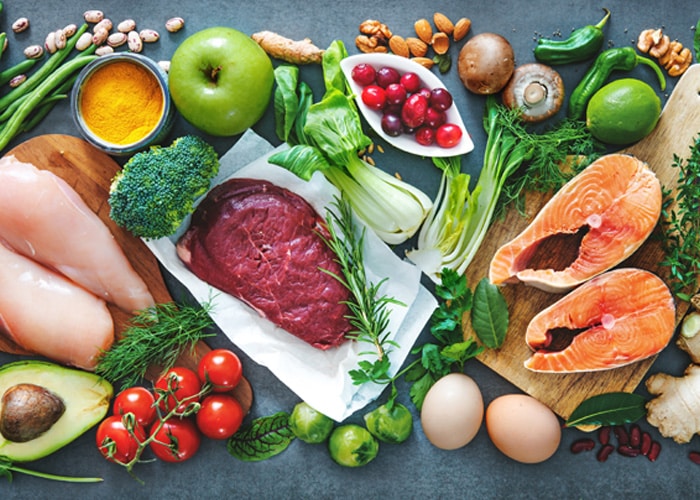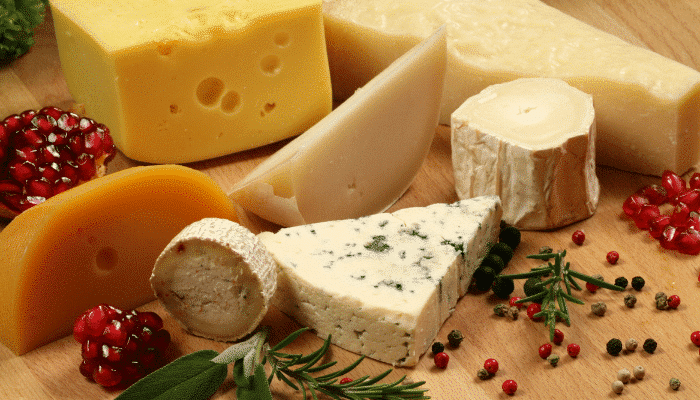
Article réservé aux abonnés


The EFSA has just published its report for 2023 on pesticide residues in food.
Results of monitoring programs (EU Multi-Annual Coordinated Monitoring Program (MACP) + national programs)
A total of 132,793 samples were analyzed for 741 pesticides and metabolites.
– 96.3% of the samples analyzed were found to be compliant with MRLs, with 58% free of quantifiable residues.
– 3.7% of samples exceeded the MRLs (2% were deemed non-compliant given the measurement uncertainty).
With regard to raw products, out of the 120,122 samples analyzed:
- 3.7% exceeded the MRL.
- 2.2% were non-compliant, taking into account the measurement uncertainty.
- Vine leaves and similar species, cumin seeds, pitahaya (dragon fruit) and chili peppers had the highest levels of non-compliance.
For processed products, out of the 11,167 samples analyzed:
- 5.6% exceeded the MRL.
- 3.1% were non-compliant taking into account measurement uncertainty.
- Vine leaves (canned, salted), chamomile flowers, dried celery leaves, dried basil and mint, dried parsley, processed dried beans, dried licorice, coriander seeds, processed Swiss chard/beet leaves, processed cumin seeds, and soybean oil soybean oil had the highest non-compliance rates.
For BBF products, out of the 1,504 samples analyzed:
- 91.3% were free of quantifiable residues.
- 5.5% contained quantified residues but below the MRL.
- 3.2% were non-compliant (quantifications above the MRL).
- 0.6% were non-compliant when taking into account measurement uncertainty.
The substance most frequently quantified above the MRLs was copper.
For organic products, out of the 7,074 samples analyzed:
- 80% were free of quantifiable residues.
- 19% contained quantified residues but below the MRL.
- 1% were non-compliant (quantifications above the MRL).
- 0.4% were non-compliant when taking into account measurement uncertainty.
The pesticides most frequently detected above the limit of quantification (LOQ) but below the MRL were copper (94.6%), bromide ion (11.3%) and chlorates (7.6%). The pesticide that exceeded the MRL the most was ethylene oxide (1.4%).
With regard to products of animal origin, out of the 20,700 samples analyzed:
- 90% were free of quantifiable residues.
- 9.2% contained quantified residues but below the MRL.
- 0.8% were non-compliant (quantifications above the MRL).
- 0.6% were non-compliant taking into account measurement uncertainty.
The most frequently quantified substances were copper compounds and chlordecone.
With regard to honey and bee products, out of the 1,743 samples analyzed:
- 88.2% were free of quantifiable residues.
- 10.1% contained quantified residues but below the MRL.
- 1.7% contained quantified residues above the MRL.
- 1.2% were non-compliant taking into account measurement uncertainty.
The substances most frequently found in the samples were acetamiprid, amitraz, and boscalid.
Results of the EU Multi-Annual Coordinated Control Program (MACP)
A total of 13,246 samples were analyzed and 197 pesticides were tested for in 12 food products (carrots, cauliflower, kiwis (green, red, and yellow), onions, oranges, pears, potatoes, dried beans, brown rice, rye, beef liver, and poultry fat).
- 98% of the samples analyzed were found to comply with the MRLs, with 69.9% free of quantifiable residues.
- 2% of the samples exceeded the MRLs (1% were considered non-compliant due to measurement uncertainty).
The matrices with the highest multiple residue levels were pears (65%) and oranges (64%). Two pear samples contained 14 pesticide residues and one orange sample contained 12 different pesticide residues.
Among samples grown in the EU, the most frequently reported matrix/pesticide combinations were: chlorpropham/potatoes, chlorpyrifos, linuron/carrots, imidacloprid/cauliflower, chlorpyrifos/oranges, mepiquat/pears, diflubenzuron, imidacloprid and tricyclazole/rice.
Among samples grown outside the EU, the most frequently




